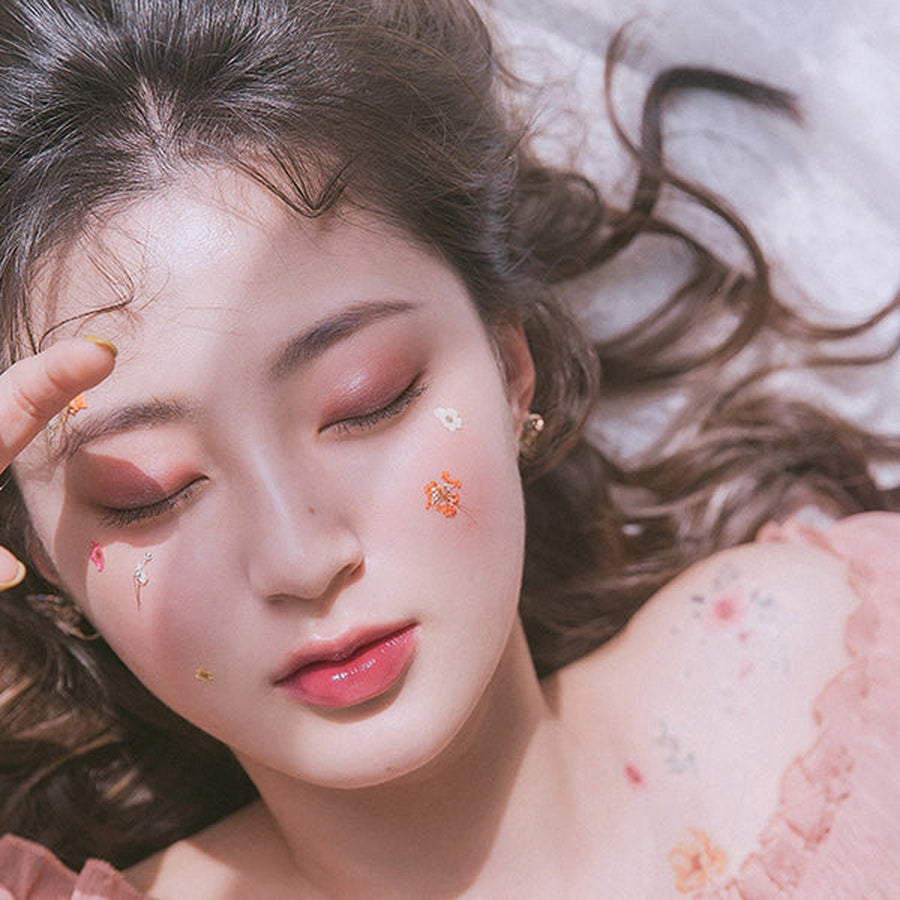The Historical Beauty of Korea
The perfect place to explore traditional and historical landmarks of Korea. Gyeongju, referred to as a “museum without walls,” has historical resonance in every direction you look. Gyeongju was the capital of the Silla Kingdom for over 1000 years so you’ll find many archaeological sites and cultural properties that still remain from the Silla dynasty. So let’s take a walk through the Silla dynasty as I introduce to you some landmarks of Gyeongju to get you experiencing its rich historical heritage.

CULTURETRIP
To get the ultimate Silla experience, archaeological sites are a must-visit! Starting out with the Bulguksa Temple, also known as “Temple of the Buddha Land,” it’s designed to represent the land of Buddha paradise. As soon as you approach it, you are met with a stairway consisting of 33 steps, which symbolises the 33 steps to enlightenment. Here, you’ll find seven national treasures of Korea located in this temple too. Next, the commonly visited Cheomseongdae Observatory is one of the world’s oldest surviving astronomical observatories. Literally meaning ‘stargazing platform’, it was constructed back in the 7th century and mainly used to forecast weather. Constructed based on many references to astronomy, it consists of 365 stones representing 365 days in a year. And the main hole, and the hole in the middle for the observer to enter separates the body into 12 layers, to represent the 12 months of the year.
 NATIONAL GEOGRAPHIC
NATIONAL GEOGRAPHIC
And of course, we can’t forget to visit the Yangdong Folk Village. The ideal place to see the lifestyle of yangban (양반, Korean aristocrats) from the Joseon dynasty. With over 160 homes spread out over the valleys of this village and 54 of these homes being over 200 years old. An excellent place to experience beautiful landscapes while understanding the culture and lifestyle during the Joseon dynasty. Not only are these places a great learning experience of historical heritage and present great views, but they also show all the thought and meaning that went into the construction of these places during the Silla period.
 KOREA TOURISM ORGANIZATION
KOREA TOURISM ORGANIZATION
For those who may not be as into history and traditional architecture quite as others, then this is the place for you. Among all the historical heritage in Gyeongju, there is an amusement park with some of the most thrilling rides in Korea. Not only does Gyeongju World Amusement have rides that will definitely get your heart thumping, but it also becomes a winter wonderland during the snow seasons for some awesome sledding fun in winter. Popular rides include the Krak, a 360-degrees spinning ride that has you hanging upside down. If assignments and uni stress don’t get your head spinning, then this ride for sure will. Another popular one is the Draken, known for its huge, terrifying 90-degree drop, creating a not to be forgotten experience! (Or if you’re like me and are terrified of roller coasters, then you could get the opposite effect and get amnesia from shock and fear after riding it.) Also, with children’s areas, this amusement park is a great day of fun for anyone of any age.
 ROAMING SONAA
ROAMING SONAA
Hwangnidan Street, a hidden gem that is full of flair, is a place of traditional meets modern. This is where you can chill out after a day of sightseeing. Filled with cafes, restaurants, and boutique stores operating out of renovated traditional Korean houses, or hanok (한옥) in Korean. Without losing the historical element, you can enjoy your meal or a cup of coffee while still admiring the view of surrounding historical landscapes in a modernized hanok. You can also tackle your hungry stomachs after all the sightseeing here where a ‘hot place’ resides here.
 INSTAGRAM | @KARS.1
INSTAGRAM | @KARS.1
Hwangnam Bibimbap became a huge rave on Instagram that's a must-try for anyone who visits Gyeongju! As the name suggests, they are known for their bibimbap (비빔빕, mixed rice), but not your average bibimbap you usually see in a stone pot. Served on a shockingly large plate is mixed rice spread out along with your choice of galbi (갈비, beef short ribs), ggomak (꼬막, blood cockles), or yukhoe (육회, sliced raw beef). Join the Instagram rave with this visually striking and scrumptious dish!
 INSTAGRAM | @STAR_SUN_INNN
INSTAGRAM | @STAR_SUN_INNN
If the bibimbap is not enough, there are two other local specialties you can try out. A food that perfectly suits Gyeongju's historical story and vibes is tteokgalbi (떡갈비). Originally a dish for the royals, tteokgalbi is now a local specialty of the Gyeongju Province. This dish avoids all the mess from eating short ribs as the meat of short ribs is deboned, minced, deliciously marinated and shaped into patties. They are then grilled to perfection for a tender, juicy patty that is an ideal rice-stealer dish. Finish it off with something sweet like the "Hwangnam bread", commonly called "Gyeongju bread", a pastry filled with red beans. You can even satisfy your tastebuds with the history of Gyeongju with this delicacy with 80 years of history, which was first invented in Gyeongju back in 1939.
A city brimming with historical attractions, Gyeongju is the ideal place for history lovers and those who love traditional vibes and architecture (or those who have the guts for a 90-degree drop roller coaster). Splendid for family vacations to experience the historical heritage and for friends and couples to take Instagram-worthy pics.

























Leave a comment